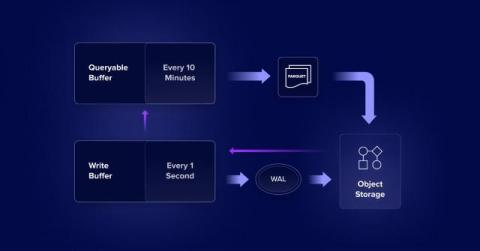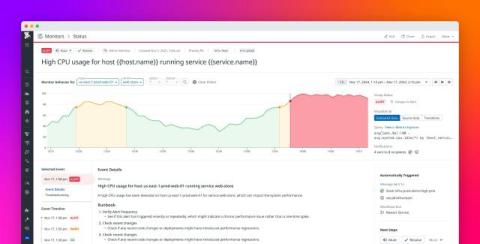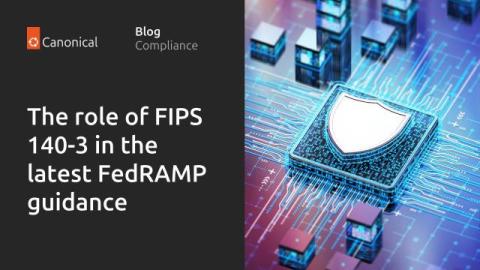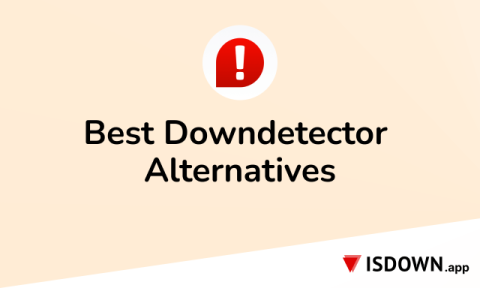CLI Operations for InfluxDB 3 Core and Enterprise
This blog covers the nitty-gritty of essential command-line tools and workflows to effectively manage and interact with your InfluxDB 3 Core and Enterprise instances. Whether you’re starting or stopping the server with configurations like memory, file, or object store, this guide will walk you through the process. We’ll also look at creating and writing data into databases using authentication tokens, exploring direct line protocol input versus file-based approaches for tasks like testing.











